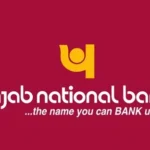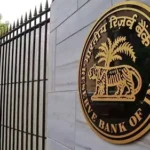What Is The Full Form Of AOD In Banking?
AOD full form in banking is Acknowledgement of Debt. Simply put, it’s a formal record in which one person (the debtor) says they owe money to another person (the creditor). There is a written agreement that says how much is due and how it will be paid back. It’s not just a handshake deal. Really take it as a promise that makes things clear and makes sure everyone knows what’s going on. Detailing a debt is very helpful, like when you’re making a repayment plan or dealing with debt collection.
Function and Importance of AOD:
AODs aren’t just for looks, they’re very important in the world of debt and repayment. One thing they do is provide solid proof that a debt exists, you know? This can be very helpful if things go badly and you end up in court. Without having to look for a lot of proof, the document can help the creditor get a quick ruling. An AOD also usually spells out the specifics of repayment, like when it’s due and how much interest will be charged, so there’s no room for “I didn’t know” later on.
AOD vs. Credit Agreements:
First of all, a credit agreement and an AOD are not the same thing. Loans and credit deals are often surrounded by rules, such as the National Credit Act. AODs, on the other hand, are a bit less strict. The creditor doesn’t have to be a registered credit source, and they don’t have to go through some of the extra steps, like checking the lenders’ ability to pay.














